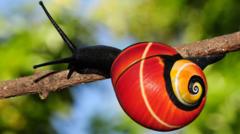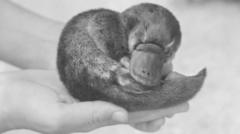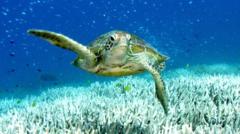A collaborative project between Cuban and UK biologists aims to save the endangered Polymita snails, whose vibrant shells are desired by collectors, threatening their survival. Conservation measures are being implemented to understand their genetic makeup while promoting captive breeding.
Global Efforts Underway to Rescue Endangered Polymita Snails

Global Efforts Underway to Rescue Endangered Polymita Snails
Researchers seek to preserve the dazzling Polymita tree snails whose beauty is leading them toward extinction.
Researchers have launched an urgent initiative to save the stunning Polymita tree snails, renowned for their bright, intricately patterned shells, which are unfortunately becoming a target for collectors. Found solely in Eastern Cuba's forests, these snails, especially the critically endangered Polymita sulphurosa, face a growing threat from the shell trade, pushing them toward extinction.
The vibrant colors of these six species make them highly desirable, a situation explained by evolutionary geneticist Prof. Angus Davison of the University of Nottingham. "Their beauty attracts collectors, which ironically endangers their existence," he lamented. Efforts to combat this have included a partnership between Cuban scientists and international researchers, focusing both on conservation and genetic research.
Many of the snails are now being bred in captivity by Prof. Bernardo Reyes-Tur of Universidad de Oriente, who faces challenges such as unreliable power in Cuba but remains optimistic about breeding success. Genetic studies are also underway at Nottingham, where researchers are preserving tissue samples for genome analysis to unveil the secrets behind the marvelous color patterns and the genetic connections among the species.
While international laws protect these snails, enforcement remains an issue. It is illegal to export them or their shells from Cuba without a permit, yet they can still be sold legally abroad. The collaboration aims to gain insights that will bolster conservation efforts, emphasizing the unique ecological heritage of Eastern Cuba, home to these irreplaceable snails. As Prof. Davison stated, "Our goal is to use genetic information to aid in their conservation before these creatures are lost forever."



















